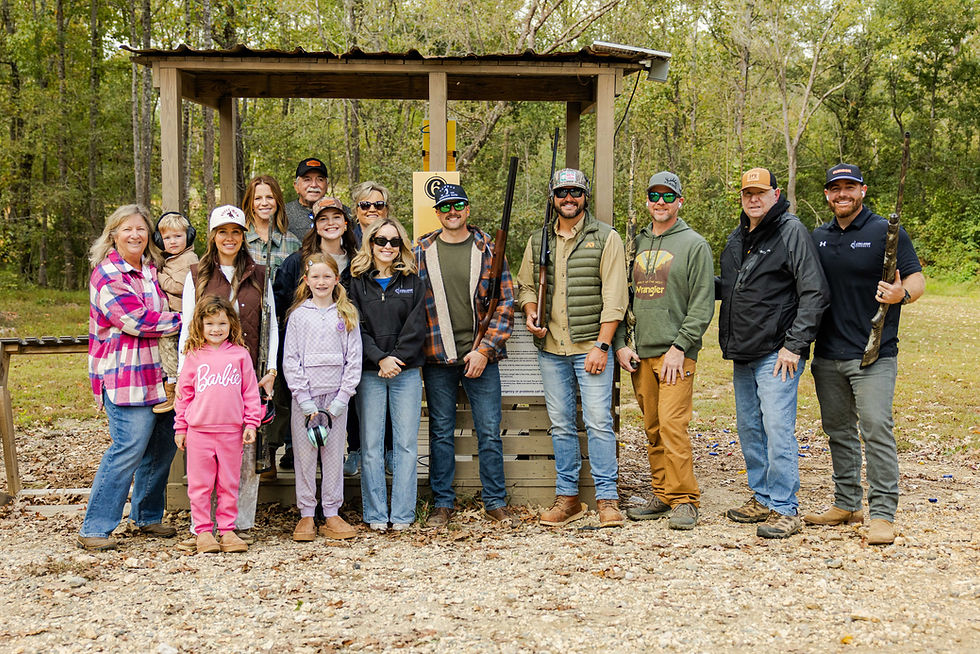Best Decorative Patio surface? Stamped Concrete vs. Pavers Explained.
- Leads Account
- Jul 11
- 3 min read
When creating your outdoor oasis, choosing between decorative concrete and pavers is crucial. Both materials have their own charm, but which one really offers lasting beauty and durability? This post explores why decorative concrete stands out as the superior choice for outdoor aesthetics that last.
Understanding Decorative Concrete and Pavers
To understand the advantages of each material, it's vital to know what they are.
Decorative concrete is a versatile construction technique that can be molded into custom shapes and finishes. Using techniques like stamping and staining, it can resemble natural stone, brick, or wood, all while providing exceptional durability. For instance, a properly installed decorative concrete patio can last around 30-50 years, making it a long-term investment.
Pavers, however, are individual blocks or stones laid out in patterns to form walkways, driveways, or patios. Made from materials like natural stone, concrete, or brick, they offer a classic yet rigid surface. The average lifespan of pavers ranges up to 20 to 25 years, depending on maintenance and environmental factors.
Durability: The Long-Lasting Choice
Among the many advantages of decorative concrete is its incredible durability. Unlike pavers, which can shift and settle over time, decorative concrete is poured as a solid surface. This provides a stable foundation, reducing the chances of structural cracks and unevenness. Statistics show that decorative concrete can withstand loads of up to 4,000 psi, making it resilient against heavy traffic and weather changes.
Moreover, homeowners seeking a low-maintenance option will find decorative concrete ideal. Even in harsh weather conditions, decorative concrete remains intact, while pavers often require regular adjustments to counteract shifts and settling.

Aesthetic Versatility
When it comes to design, decorative concrete excels with its remarkable versatility. It can be customized to fit various styles—from modern sleekness to rustic charm. For example, with stamping, a plain slab can be transformed to mimic costly stone at a fraction of the price. Techniques like acid staining can produce vibrant hues and intricate designs.
While pavers offer various shapes and sizes, they often fall short in unique design options. Decorative concrete allows homeowners to unleash their creativity, designing not just patios, but also beautiful walkways, pool decks, and outdoor kitchens tailored to fit their vision.
Cost-Effectiveness Over Time
Initial costs may vary, but when considering long-term benefits, decorative concrete proves to be more economical. Pavers might seem affordable upfront, but maintenance costs can accumulate over time. For example, repairing or replacing just a few damaged pavers can easily exceed $500.
In contrast, decorative concrete typically requires minimal repair and upkeep, saving homeowners money on labor and materials in the long run. In fact, research indicates that decorative concrete can save homeowners up to 30% on maintenance costs compared to pavers.
Installation Efficiency
Another area where decorative concrete shines is installation. The process is generally quicker than laying individual pavers. An experienced crew can pour a decorative concrete patio in just one day, while installing pavers can take several days, depending on the complexity. This translates to lower labor costs and less disruption during the project.
With decorative concrete, you also benefit from fewer joints and seams, creating a smoother surface that is easier to maintain. This seamless finish not only looks better but also minimizes the need for weed control.

Resistance to Weeds and Insects
One challenge with pavers is the tendency for weeds and insects to thrive in the gaps between the stones. This can lead to frequent weeding and cleaning, adding both time and costs for homeowners.
On the other hand, decorative concrete offers a continuous surface that not only looks good but also prevents weeds and pests from settling in. Homeowners can enjoy a cleaner, more polished look with minimal effort.
Clear Choice for Lasting Appeal and Strength
In the end, while both decorative concrete and pavers have their uses, decorative concrete stands out as the best option for beauty and durability. With its design versatility, unmatched strength, long-term cost savings, and lower maintenance needs, homeowners are making a smart choice by selecting decorative concrete for their outdoor spaces.
Investing in decorative concrete isn't just about aesthetics; it's about transforming your outdoor environment for years to come. By choosing decorative concrete, you are enhancing not just your yard but also your property’s value and appeal.
In the comparison of decorative concrete and pavers, decorative concrete clearly asserts its superiority for lasting beauty and durability.
For all of your turn-key concrete needs in the Greenville, SC area, check out J. Callahan Concrete!





Comments